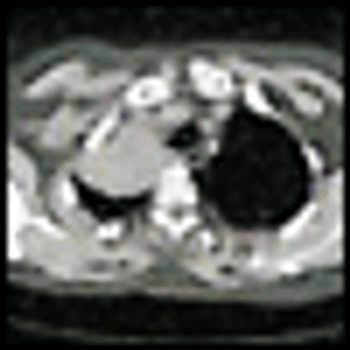
Inhibitors targeting the family ofepidermal growth factor receptors(EGFRs) are novel antitumor compoundsinvestigated in many cancertypes, including non–small-cell lungcancer (NSCLC). In this special lungcancer issue of ONCOLOGY, Drs.Buter and Giaccone provide us withan updated review of clinical researchon two classes of these agents inNSCLC: small-molecule tyrosinekinase inhibitors (TKIs) and monoclonalantibodies. The former classincludes gefitinib (Iressa) and erlotinib(Tarceva), two orally availablequinazoline derivatives targeting thetyrosine kinase domain of EGFR. Thelatter includes cetuximab (Erbitux), achimeric monoclonal antibody directedagainst EGFR. The authors extensivelydiscuss single-agent andcombination activities of these drugsin NSCLC.












































































